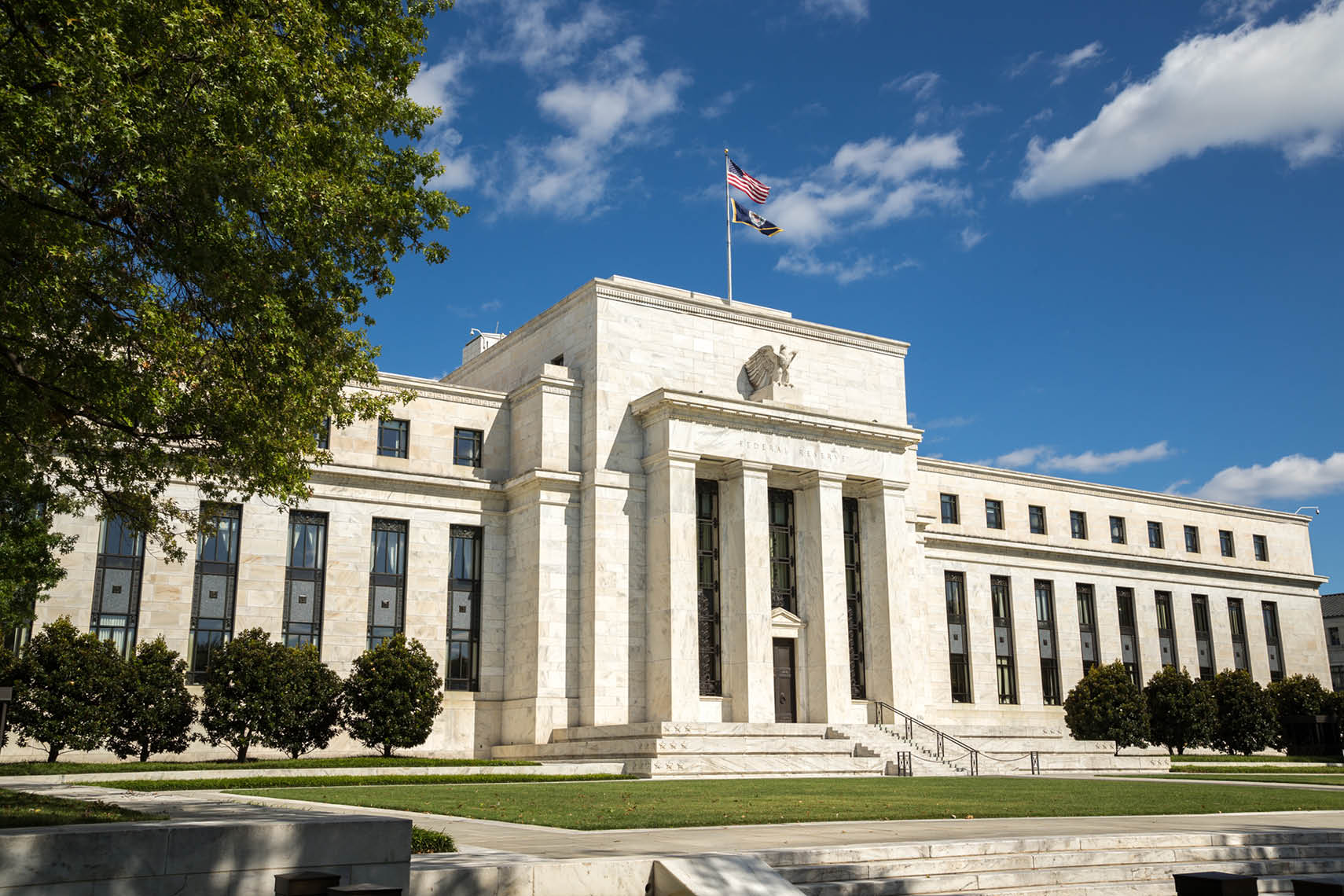A First Step – Will the USA Start Cutting Interest Rates in September?
Author - Andreas Weidinger
In August, both the ECB and the FED paused. No interest rate decisions were on the agenda. Nevertheless, an important, perhaps the most important event for central bankers took place last month: the economic policy symposium in Jackson Hole (in the state of Wyoming) from August 22 to 24, with the theme: Reevaluating the Effectiveness and Transmission of Monetary Policy. The statements made there indicate that a rate cut in the USA might start soon.
Although it has taken longer than expected, it seems central banks have managed to get inflation under control. The rates have decreased again in recent months, and we are closer to the target rate of 2% inflation. In June, inflation in the USA decreased by 0.1%, and in July by 0.2%. (Source: Bloomberg, as of August 30, 2024) The average for both months is 0.15%. If this trend continues for the next ten months, we will be below 2% inflation in a year. One could say that everything is set for a rate cut. This was also expressed – relatively clearly for a central banker – by Jerome Powell at the Jackson Hole meeting. His statement that inflation is on the right track and the labor market no longer needs further cooling was almost a commitment to the first rate cut in mid-September.
Great Expectations
Capital markets are already pricing in this scenario and expect the first rate cut by the FED by 25 basis points in September. We assume that two additional rate cuts of 25 basis points each in November and December will follow – a total of 0.75% by the end of the year. But as is sometimes the way in capital markets: if a central banker offers a small gesture with a first rate cut of 25 basis points in September, the market takes the whole hand, pricing in a 100 basis point cut by the end of the year %. (Source: Bloomberg, as of August 30, 2024) And it doesn’t stop there: at the beginning of 2025 in January, the markets expect another 25 basis point cut and another one in March for 25 basis points. The total expected rate cut is 1.5% in just over a year % (Source: Bloomberg, as of August 30, 2024). However, this expectation differs significantly from that of the central bankers. The projections of FED members for the end of 2024 indicated a lower interest rate, but with a median value of 5.125%, significantly higher than the current market expectations. The same disparity repeats in the expectations for 2025: for the end of 2025, FED members anticipate interest rates of 4.125%, but the markets are pricing in a rate of 3.09% by the end of 2025 %. (Source: Bloomberg, as of August 30, 2024). Even after the September meeting, the expectations of FED members are likely to be lowered, but their projections for future interest rate paths will still be higher than market expectations.
Lessons from the Past
And what does history tell us? We have taken a closer look at the interest rate cut cycles in the USA since January 1, 1971, and found that they last on average just over 400 days and reduce interest rates by 300 basis points. However, there have also been longer rate-cut cycles. Incidentally, the last rate-cut cycle from October 2019 to March 2022 lasted exactly 958 days %. (Source: Bloomberg, as of August 30, 2024).
So markets, FED members, and history signal falling interest rates. The rate-cut cycle is more or less initiated and could begin in two weeks. In the process, the inverted yield curve will also gradually resolve. Currently, the central rate of 5.5% is 163 basis points higher than the yields for 10-year US Treasury bonds, which are only at 3.87%. By the end of the rate-cut cycle, the inverted yield curve in the USA should revert and longer maturities should again yield higher returns than the central rate in the USA. One should thus be rewarded with a higher yield for holding longer maturities. However, yields tend to decline on average during a rate-cut cycle, and there is still some room for falling yields in the USA. Additionally, falling bond yields will also reward investors with price gains. The longer the remaining maturity of a bond, the higher the price gains are usually when yields fall. So everything is set in the USD bond markets as well. It should be noted, however, that investments in financial instruments are always subject to price fluctuations and can lead to losses.
Positioning in a Falling Rate Environment
In our strategy for bonds, we are now focusing on longer maturities, and there are interesting opportunities to position ourselves for the upcoming rate cuts in both EUR and USD bonds. For detailed information, we invite you to a meeting with your Private Banker.
Disclaimer
This information is a marketing communication from Kathrein Privatbank. Investments in securities are subject to market fluctuations and may result in losses. Past performance is not a reliable indicator of future results.
